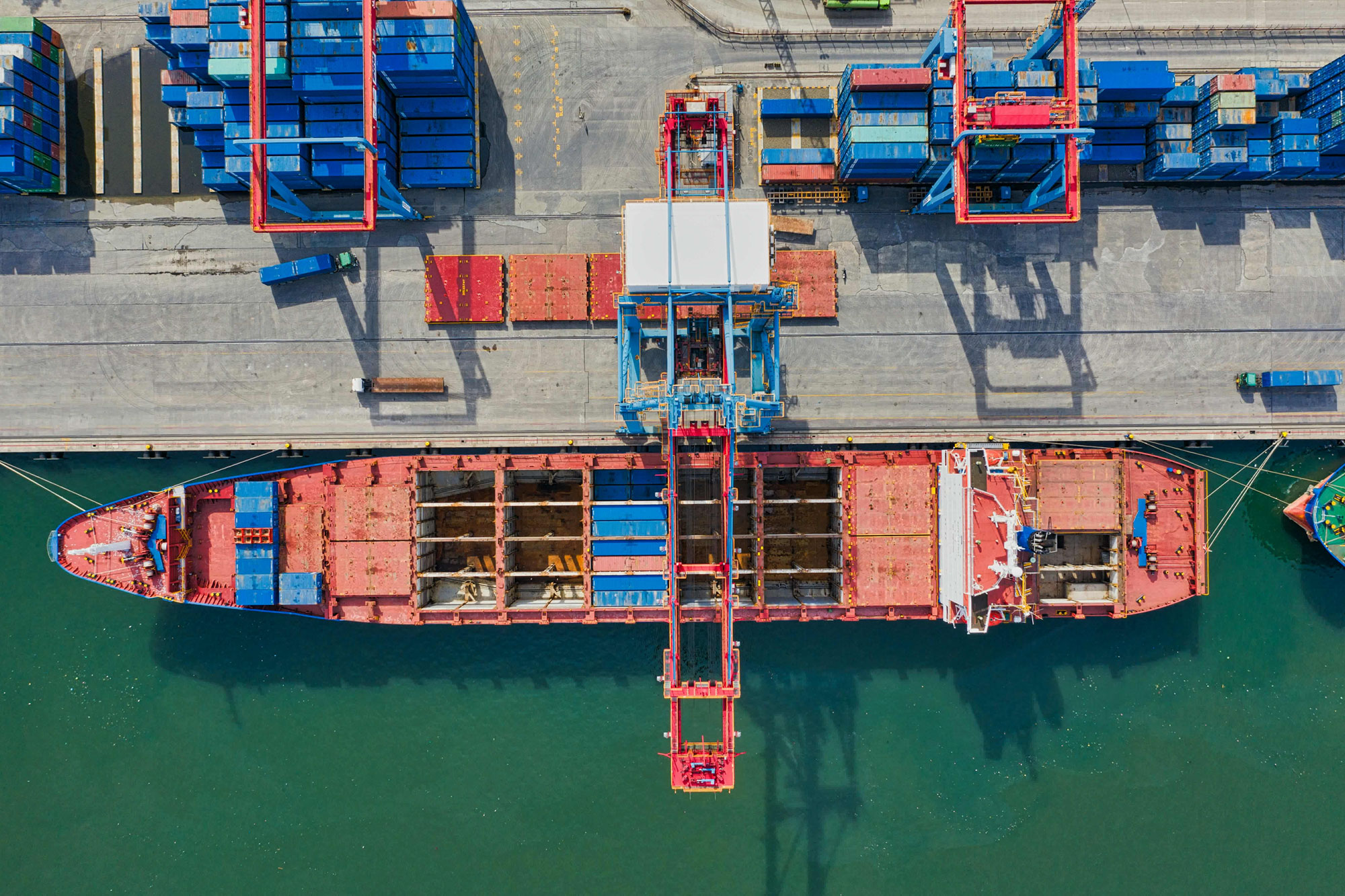
Military, humanitarian, and commercial organizations often need to dispatch cargo to various corners of the world. This is where FTG’s intermodal mobility solutions in Statesboro, GA, become invaluable to streamlining the process.
Let’s explore how module-integrated securement systems work to enable secured storage.
Common Problems with Storage in Standardized Containers
TIME, SPACE, SECURITY and MOBILITY
TIME [“…is MONEY”]
The most significant challenge with transporting cargo in standardized containers is time. Ships, rail and aircraft have nearly zero tolerances for changing schedules, so loading and securing containerized freight in time for pick-up, delivery, loading and departure are critical. While road freight is less chronologically dependent, a missed pick up or waiting truck/trailer is usually an additional incurred cost. Assembling/disassembling shoring is-consuming process of loading and unloading cargo at both the loading and destination sites.
The bracing and shoring process is time-consuming and resource-intensive, especially when cargo must be sorted, inspected, or processed before use and when customized shoring assembly is required. An overlooked fact about conventional wooden shoring is that it is usually damaged beyond re-use during unpacking, so that cost is generally repeated over and over, multiplied by the number of times a container is loaded.
Additionally, the lack of dedicated unpacked storage infrastructure may result in congestion at the destination site, further exacerbating delays and inefficiencies in the supply chain.
SPACE
Simply, no matter how well designed and executed, hand-built bracing and shoring in a container carrying objects of different sizes and shapes is going to have a lot of wasted space.
SECURITY
Most freight, especially from shippers whose freight is only a portion of the container and multiple shippers are stored in one container is delivered to the container on wooden pallets surrounded with wood [either plywood sheet or framing]. These configurations provide no impact resistance, weather protection and are easy to remove to access the cargo while prior to loading and after off-loading.
The security from damage during shipping is minimal and completely dependent on how well braced and shored the interior loads are. Container design does not provide for cargo being affixed to the inner walls during transit. Neither are they fitted with interior tie-down positions to secure cargo within the container via net or straps. Materials [wood] to separate and brace cargo must be procured and assembled into framing and are then subject to the quality of the bracing and shoring team.
MOBILITY
Traditionally braced and shored load must get to and from the container as soon as possible and contents are often removed from the container after arrival and wait in the elements or in the most rudimentarily of cover until being transloaded into another container, or other intermodal configuration [rail, truck, aircraft, other container].
How FTG’s Solutions Ensure Secured Storage
Statesboro, GA, is home to FTG, a veteran-owned company providing innovative and PATENTED solutions that enable secured modular packaging during shipping in standardized ISO containers.
Secure Storage of Cargo within Modules
One key feature of the module-integrated cargo securement system is its ability to stow and secure cargo within the modules themselves. By using the tie-down positions on the module’s frame and treadplate, cargo can be safely secured by straps or netting, minimizing the risk of shifting or damage during transit.
Secure Storage of Modules within Containers
Once the cargo is stowed and secured within the modules, the next step is to secure the modules themselves inside the shipping container. This is achieved through a design feature that effectively anchors the module to the container interior as it is placed into the container, preventing movement or shifting during transit. Securely fastening the modules within the container reduces the risk of damage to the cargo and the modules.
Understanding Module Integration
Modularity. Multiple modules can be placed within a container. Within a standardized container, various modules can be coupled together to create versatile storage and working spaces tailored to specific needs. These modules can encompass a range of functionalities, from electrical and data systems to specialized storage or fabrication setups.
For instance, a module could be configured to serve as a storage room equipped with charging stations for batteries, facilitating the efficient handling of electric-powered equipment or vehicles. Alternatively, another module could be outfitted as a fabrication and welding shop, complete with the necessary tools and equipment for on-site manufacturing or repairs.
Benefits of Using an Integrated Cargo Securement System for Secured Storage

If your organization is seeking ways to improve its shipping operations, there are several benefits of the cargo securement system that you can’t overlook.
Enhanced Protection
Security is a top priority in transporting goods, especially when dealing with valuable or fragile cargo. The integrated cargo securement system provides an additional layer of protection by securely stowing and securing cargo within the modules themselves. This internal securement mechanism minimizes the risk of damage, theft, or tampering during transit, giving organizations peace of mind knowing their assets are well-protected.
Optimized Space Utilization
Effective space utilization is crucial for maximizing the efficiency of shipping operations and minimizing costs. With the integrated cargo securement system, every inch of available space within the shipping container is utilized efficiently. The modular design allows for custom configurations tailored to the dimensions and requirements of the cargo, eliminating wasted space and reducing the need for additional packaging materials.
Versatility
The needs of organizations can vary greatly depending on the type of cargo being transported and the specific requirements of each shipment. The modular nature of the integrated cargo securement system offers unparalleled flexibility to adapt to diverse scenarios. Modules can accommodate a wide range of cargo types, from fragile electronics to bulky machinery, ensuring that each shipment is handled with care and precision.
Cost Savings and Operational Efficiency
By streamlining the shipping process, enhancing security, and optimizing space utilization, the integrated cargo securement system contributes to significant cost savings and operational efficiencies. Reduced handling time and minimized risk of damage translate to lower transportation costs and fewer disruptions in the supply chain. Moreover, the system’s scalability allows organizations to scale their operations according to demand without compromising efficiency.
If you are looking for a solution that would allow your containers to be configurable into working facilities with applications such as glycol recycling, milling and machining, and more, Solutions FTG is here to help. With our solutions, you can not only expand the scope of the usability of your shipping containers, but you can also ensure the safe transportation of cargo. Contact us today with any questions.
